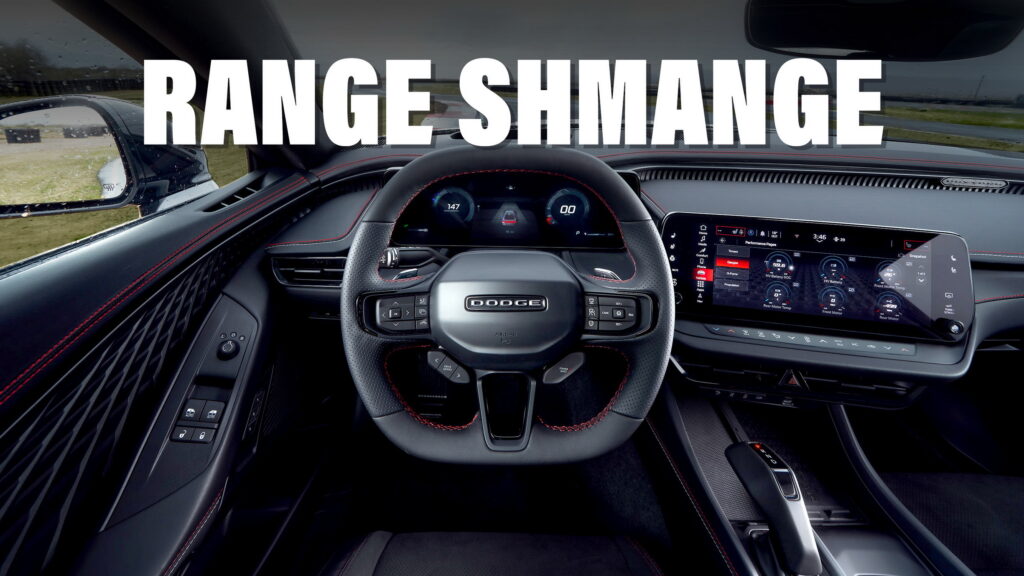Dodge claims that the 2024 Charger Daytona can go 317 miles per charge, and it could have been more, if it had been run by nerds
2 hours ago
 –>
–> 
–>
After a two-year wait since Dodge first unveiled the concept, the all-electric, all-new 2024 Dodge Charger Daytona has finally arrived. And while the concept of an electric muscle car might sound like heresy, CEO Tim Kuniskis argues that the company designed the new model with exactly the same attitude as the old one. That is to say, one where ultimate efficiency takes a back seat to performance.
While the Dodge Charger Daytona R/T model boasts an impressive range of 317 miles (510 km) per charge, Kuniskis revealed that the car could have achieved even greater distances if the designers had aimed for it.
“Every decision on this car we made hurts efficiency. Fratzonic: hurts efficiency. 305s, 325s [section width tires]: hurts efficiency. Sixteen-inch brakes: hurts efficiency,” the CEO told media at a launch event for the car. “The R wing design — we could have not done that. We could have done the melted jelly bean like everybody else, that would have given us, instead of [317 miles of range], sure, we could have had higher range.”
advertisement scroll to continue
More: 2024 Dodge Charger Daytona EV Has Up To 670 HP, Straight-Six And Sedan Here Next Year
[embedded content]
However, the Dodge boss said that the company sacrificed longer distances for extra power. Kuniskis said he was more than happy to give up 50 miles of range in order to have a car that looks “way cooler” than other automakers’.
“That’s why we purposely put in the [promotional] video, ‘What’s the fuel economy of a muscle car?’ Nobody knows. It’s friggin’ terrible!” he admitted. “But that’s not why you bought it. And that’s not why you’re gonna buy this car, either.”
Not every decision came down to how cool it was, though. Dodge — and, indeed, Stellantis — sacrificed some efficiency by opting for a “multi-energy” platform, that could accommodate both electric powertrains and internal combustion engines.
That was a very practical decision made to give Dodge (and other Stellantis brands) the flexibility to move with the market. As Kuniskis puts it, although adoption rates are high along America’s coasts, the middle of the country is still hesitant. By giving up some efficiency, he believes the brand will be in step with customers’ buying habits, instead of being in a position where it has to wait for customers to catch up with the electric platform it’s stuck with.


